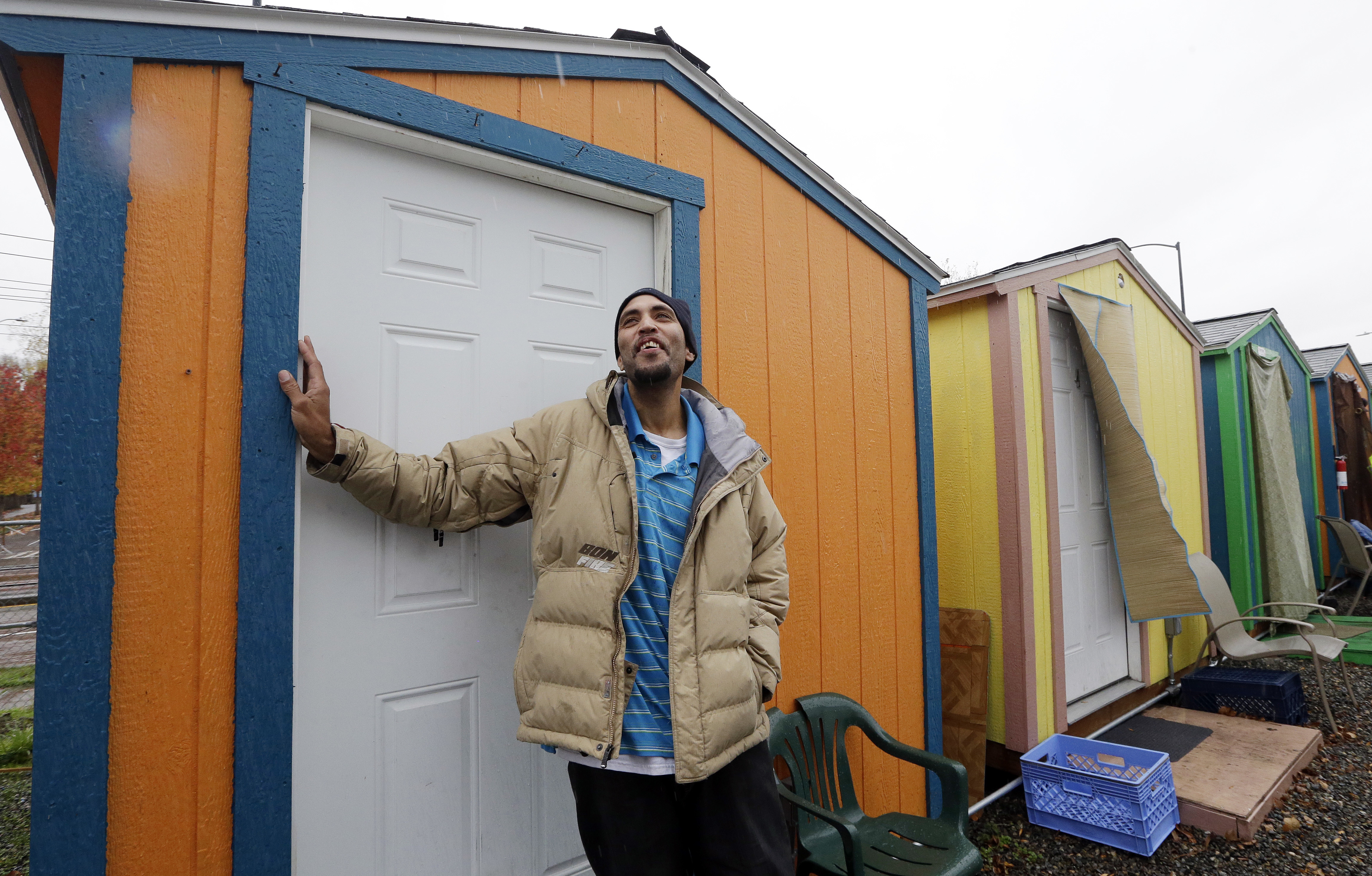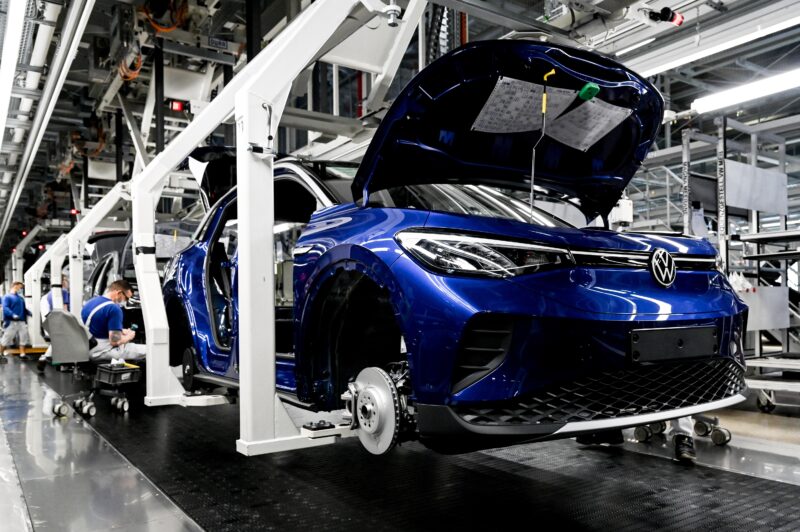- Seattle and King County have teamed up on a $12 million proposal to build prefabricated homes for nearly 200 homeless residents.
- The county faces a number of regulatory issues, as well as pushback from locals.
- The proposal represents a growing trend among wealthy tech cities, which often see modular construction as a way to reduce homelessness.
After years of witnessing its homeless population skyrocket, Seattle has developed a controversial solution to alleviate the problem. Both the city and the larger region of King County plan to move forward with a proposal to build $12 million worth of prefabricated modular homes designed specifically for homeless residents.
The decision is part of a growing trend of using modular construction – the process of building a unit off-site, then assembling it at a desired location – to address issues of housing affordability and land restrictions in urban communities with large populations of tech workers.
In Los Angeles, the city is using $3.6 million worth of private investments to construct an apartment building for 32 members of the city’s homeless population. The new building will be made of recycled shipping containers, a material commonly used in modular construction. Unlike similar developments in LA, which have had trouble securing land permits, the apartment building will replace an old duplex owned by one of its investors.
Other tech-heavy cities have found the process a bit more challenging.
In San Francisco, the city intends to build its own factory to provide modular housing for the formerly homeless. Though the search for available land started in January, the city still needs to finalize a business plan. Its efforts were previously stalled by building trade unions, who feared that modular construction would undercut jobs for union workers.
Nearby, San Jose's tiny homes program for the homeless prompted a different backlash: angry protests led by local residents.
Like San Francisco and San Jose, Seattle faces its own set of obstacles. To move forward with its goal of constructing three separate residences for nearly 200 members of the city's homeless population, it must first secure the necessary land-use permits - a notoriously slow process.
One of the anticipated locations, Seattle's Interbay neighborhood, is currently zoned for commercial use, meaning that the county can't build residential units without a securing special waiver or changing the zoning laws altogether. Should county officials attempt to change the law, they could face pushback from locals.
"We have to show that the strategy can work," King County Executive Dow Constantine told The Seattle Times. "If we're able to do that, we're ready to beg, rent, or borrow a site even for three to five years to help fill the need."
There are plenty of reasons to support modular construction. The process has been known to slash construction costs by around 20%, and, in many cases, allows homes to be built in half the time. According to the National Association of Home Builders, the typical modular home can go from raw materials to move-in-ready in just three months.
This speed is critical as cities like Seattle, San Francisco, San Jose, and LA endure a steady influx of tech workers, who inevitably bid up housing prices and transform downtown neighborhoods into hot commodities. All four cities rank among the top cities for homelessness in the country, with LA and Seattle taking the second and third spots.











